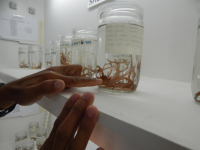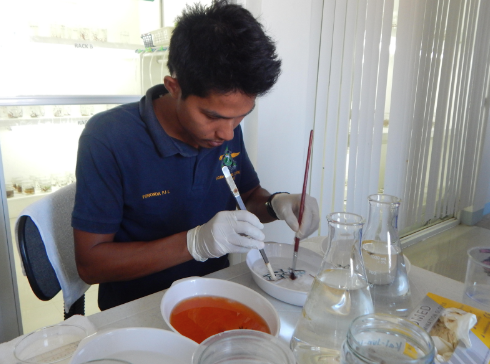
Interview with a Seaweed Aquaculturist
TARAS PLESKUN1 WEEK AGO
Taras V Pleskun interviews Philip John Foronda of the Philippines Bureau of Fisheries and Aquatic Resources, and finds out why seaweed aquaculture is such an important industry.
Please Introduce yourself and how you first got into the aquaculture industry.
Hi! My name is Philip John Foronda. I am 28 yrs old from Brgy Cabaruan, Santo Tomas La Union Philippines. I have been a registered Fisheries Technologist since 2016. I am currently working at the Bureau of Fire Protection as a Fireman. I worked in aquaculture from 2016 to 2019. I was employed at Grobest Feeds Philippines Inc., a mass producer of high-quality aquafeeds. I spent seven months with the company before leaving to invest in my own fish farm.Using my fish ponds, I cultivated rabbitfish, milkfish, and grouper but was unable to make an effective profit. That is why I applied to the Bureau of Fisheries and Aquatic Resources (BFAR). In March 2016, I was assigned to the BFAR Alaminos Aquaculture Laboratory as a technician in the seaweed laboratory. This laboratory focuses on preserving, maintaining, and developing production techniques for high-value seaweed species including Kappaphycus, Eucheuma, Gracilaria, and Caulerpa.
For the whole article, please go to:

Interview with a Seaweed Aquaculturist | Reef Builders | The Reef and Saltwater Aquarium Blog
Taras V Pleskun interviews Philip John Foronda of the Philippines Bureau of Fisheries and Aquatic Resources, and finds out why seaweed aquaculture is such an important industry. Hi! My name is Philip…
reefbuilders.com
